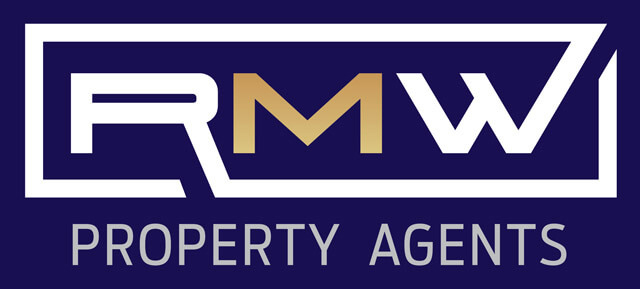Navigating Simultaneous Home Buying and Selling: A Strategic Guide
Successfully navigating the intricate process of buying and selling a home simultaneously requires a strategic approach, considering various factors such as current market conditions, your current financial status and equity in your existing property, negotiating power, and optimal moving timeline.
We explore the advantages and disadvantages of the key strategies to buying and selling simultaneously below.
Setting a Timeline Based on Current Market Conditions
Effective planning is a cornerstone of navigating the intricate process of buying and selling simultaneously. Establishing a timeline that aligns with your goals, specifying when you aim to sell your current house and secure a new one, provides a framework for your plan.
In a seller’s market, you may consider buying first (before prices increase further) and selling second (giving more time for your home to increase in value). Conversely, a buyers market might dictate an earlier sale so you can secure the best price possible on your new home.
Other considerations for buying and selling first are as follows:
Selling first:
- The biggest advantage of this option is that you’ll have the funds from the sale of your home, so your deposit will be ready to commit to a new property.
- You may have to rent a place for a period of time before you’re able to find a new house.
- If you don’t have a great deal of equity in your current home, you may not be eligible for a bridging loan (see below), so this may be your best option.
- With strong negotiation skills, the buyer of your existing home may agree to rent the property to you until you find a new property, avoiding the need to move twice.
Buying First
- You’ll be responsible for paying back two loans, which may not be feasible depending on your income level. Not recommended for people without excellent income and equity in their current property (owing less than 60% of the value of their property).
- The biggest advantage of buying first is that it allows you to buy immediately without having to find a place to stay or rent in the meantime.
Coordinating the Settlement Period
Extending the settlement period can be highly effective in achieving simultaneous settlement, contingent upon the other party’s flexibility.
If selling first, it is imperative that the buyer agrees to an extended settlement as a condition of sale. You may want to consider selling a little below value to get this over the line with the other party.
Optimal durations typically range from six to eight weeks for securing a new home and an additional six to eight weeks for the exchange of contracts and settlement.
Given both settlements are reliant on each other, however, delays in one can cause difficulties such as penalty interest – or in extreme circumstances, losing your deposit.
Choose the Right Agent to Align the Purchase and Sale
This strategic approach may reduce the need for an extended settlement period. Request your agent’s assistance to synchronise the simultaneous sale and purchase processes.
Our agents have had great success coordinating this process in the past:
“Adam was extremely helpful in coordinating the simultaneous selling and buying of our home in Rosslyn! Adam was able to successfully advise me on the appropriate market value of my home so that the sale did not drag out. I wholeheartedly recommend Adam to prospective sellers and buyers, he is punctual, honest and sincere”
– Kay, buyer & seller
“We recently had the pleasure of working with Rory to sell our home and purchase a new house and land package. From start to finish the whole process was handled professionally. Rory displayed extensive knowledge of the local market and made us feel like a priority. We were incredibly pleased with Rory’s service.”
– Kerry & Ian, buyers & sellers
Consider A Bridging Loan
In the event that you opt to purchase a new home before successfully selling your current one, you may find yourself in need of a bridging loan.
Typically structured as interest-only, this loan is acquired in addition to your existing home loan, enabling you to manage two mortgages simultaneously.
However, bridging loans often come with higher interest rates than conventional loans, and you need significant equity in your existing property to qualify for this loan type.
On the plus side, the extra time afforded by a bridging loan can be instrumental in securing the optimal sale price for your current home.
Introduce a “Subject to Completion of Sale” Offer
For those unable to manage separate settlement dates or additional loans, consider making your offer “subject to completion of sale.”
This condition, integrated into the sales contract, ensures the offer’s validity only upon the successful sale of your current home. Essentially, you won’t be obligated to settle on the property you intend to buy until the sale of your existing home is finalised.
While this approach requires negotiation for implementation, it may hinder the vendor from pursuing another property.




